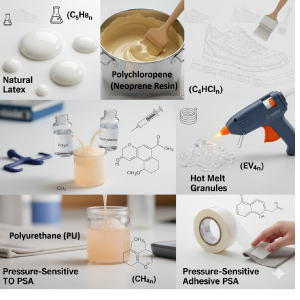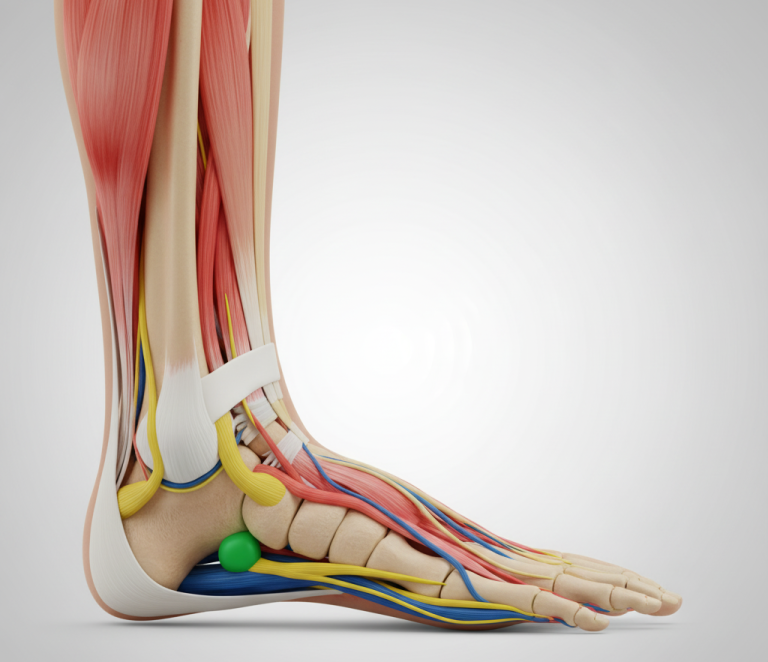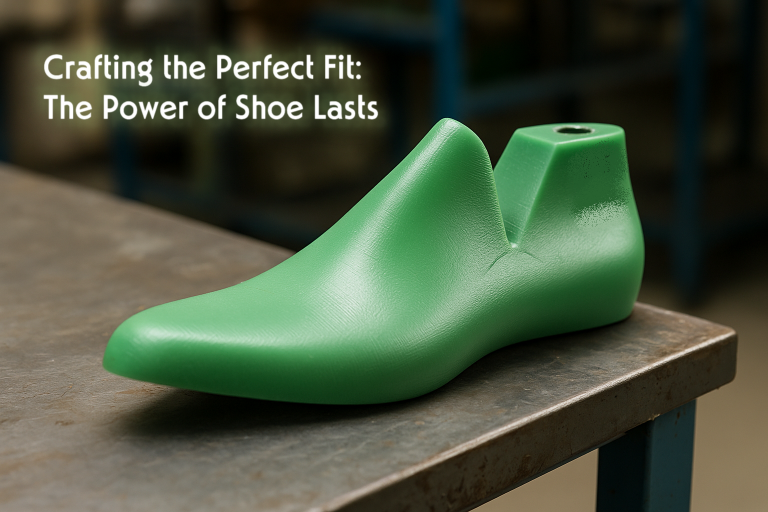Troubleshooting Adhesive Bond Failures in Footwear Manufacturing: A Guide to Essential Testing Methods
Introduction: Why Adhesive Testing Matters in Footwear Production
Manufacturers rely on robust adhesive bonds to craft durable footwear. When these bonds fail—leading to peeling soles or delaminating uppers—production lines stall and customer confidence erodes. This blog delves into adhesive testing in footwear, presenting innovative troubleshooting techniques and comprehensive testing methods. By embracing these strategies, companies elevate product quality and streamline operations. Whether you work with polychloroprene, polyurethane, or other adhesives, consistent testing forms a cornerstone of success.
Common Causes of Bond Failures in Adhesives
Inadequate surface preparation severely undermines adhesion strength. Manufacturers often select unsuitable adhesives for their projects. Applying adhesive too thickly or permitting premature self-curing compromises bond integrity. Furthermore, shifting surfaces during hot melt solidification disrupt the process. Porous substrates absorb adhesive, weakening the bond. Insufficient pressure application creates defects like blisters and separations
Challenges with Self-Curing Adhesives
Issues with Self-Curing Adhesives For example, self-curing adhesives trigger reactions too soon after mixing. As a result, they harden before forming secure bonds. Therefore, regular monitoring becomes crucial for adhesive testing in footwear.
Troubleshooting Tips for Adhesive Application Challenges
Manufacturers face diverse application hurdles daily. Thick adhesive complicates brushing and forms pleats. Inadequate surface pretreatment worsens these issues. Thinning the adhesive or enhancing cleaning protocols solves these problems..
Environmental Challenges
Tackling Environmental Challenges Moreover, oily surfaces and high humidity trigger over-drying and poor tack. Applying primers like trichloroethylene or polyisocyanate solutions eliminates contaminants effectively. Additionally, force-drying with infrared heating and applying pressure strengthens adhesion.
Managing Pressure
Optimizing Pressure and Hot Melt Techniques Short dwell times cause insufficient pressure. Increasing pressure and extending dwell times secures robust bonds. For hot melt adhesives, charring indicates excessive heat while stringing signals low temperatures. Adjusting temperatures and maintaining clean valves prevents drips. Ultimately, these solutions transform challenges into adhesive testing in footwear victories.
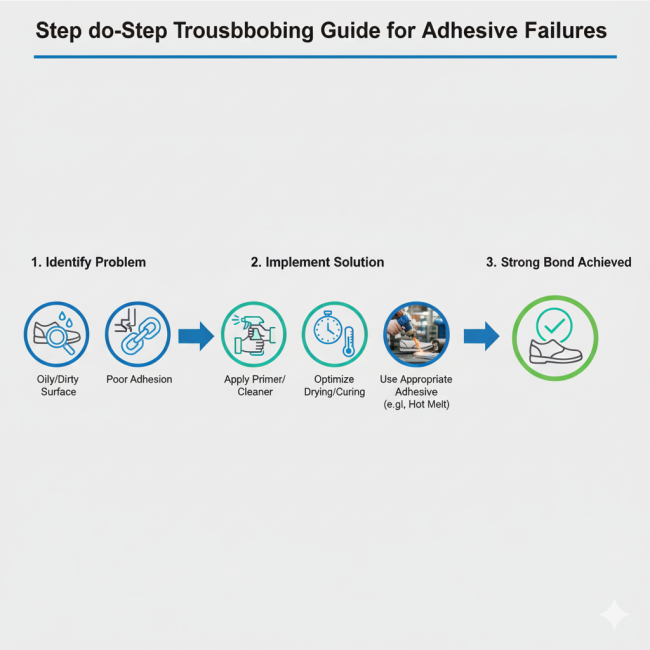
Essential Adhesive Testing Methods for Quality Assurance
Various testing methods evaluate adhesive performance in footwear production. Manufacturers apply these tests from adhesive receipt to final curing. These include solids content, viscosity, drying time, shelf life, pot life, peel strength, and shear strength, suitable for water/solvent, rubber, polychloroprene, and polyurethane adhesives.
Solids Content Testing
Measuring Solids Content for Adhesive Testing in Footwear
Step-by-Step Solids Content Measurement Technicians begin by weighing 5g of adhesive in a dish. They dry it at 100°C for two hours, cool it, and reweigh. They repeat this process until the weight stabilizes. Calculate with:
Percentage of solids= (Weight of solids = adhesive after heating and cooling / Weight of adhesive before heating)×100
This method ensures the adhesive’s consistency remains intact.
Viscosity Measurement
Assessing Viscosity in Adhesive Testing in Footwear
Comprehensive Viscosity Analysis Viscosity testing assesses adhesive age, quality, and stability. Operators use viscometers with stands, motors, and rotating shafts. They select spindles and compare results to standard solutions. Results are reported in Centipoises (cps) for adhesive testing in footwear.

Drying Time and Shelf Life
Evaluating Drying and Pot Life in Adhesive Testing
Drying Time: Measuring Drying Time Technicians determine drying time when adhesive sticks to fingers.
Shelf Life: Tracking Shelf Life They check viscosity against fresh samples at regular intervals.
Pot Life: Assessing Pot Life Manufacturers monitor viscosity changes to align with user needs.
Peel and Shear Strength Testing
Testing Peel Strength for Adhesive Testing in Footwear
Accurate Peel Strength Testing Technicians measure peel strength in kg/cm width. They prepare 150 x 25mm strips and bond 75 x 25mm areas. SATRA tensometers apply 180° separation at 25cm/min after 48-hour conditioning. Subheading: Rigorous Shear Strength Testing This method evaluates joint strength under shear loads.
Preparation of test specimen: Preparing Test Specimens Technicians cut two 150 x 25mm strips from bonding materials. They apply adhesive over a 75 x 25mm area at one end. They align the strips face-to-face and press at 2-4 kg/cm² for 30-60 seconds. They condition the specimens for 48 hours at 27±2°C and 65% humidity.
Apparatus: Using SATRA Cantilever Tensometer The SATRA tensometer grips one end in an opposed clamp and the other at 180°. Technicians use a knife to initiate separation. The machine runs at 25cm/min or as recommended.
Peel strength after immersion in water: The specimens prepared as above is tested for peeling after load by the method mentioned above.
Tested for peeling after heat aging: Testing After Immersion and Heat Aging They test peel strength after water immersion using the above method. They also heat specimens at 70±2°C for 100 hours before testing.
In Shear: This test measures the strength of the joint in shear when loaded to produce shear distortion of planes parallel to the plane of the adhesive bond.
Sole Adhesion Test
Conducting Sole Adhesion Tests for Footwear Adhesive Quality
Sole Adhesion Test: Conducting Sole Adhesion Assessments Technicians evaluate toe, heel, and side adhesion with SATRA testers. They use a cantilever beam and toe load device to contact the toe or heel curve. They fix the shoe and support the sole on an anvil until separation. They note the gauge reading for the required force.
Required to separate at sole are tested for softening point, hot melt adhesives melt temperature, flow point, specific gravity, tensile strength and melt viscosity are given here for methods, are suggested and a few needle having reference.
(a) Penetration method: Testing Hot Melt Properties Technicians assess softening points, melt temperature, flow point, specific gravity, tensile strength, and melt viscosity. They use the penetration method with a 1 sq mm needle under 5g load.
Preparation of the test sample: Preparing Sole Adhesion Samples They cut 150 x 25mm samples and apply adhesive over 25 x 50mm areas. They dry the adhesive, press coated strips face-to-face, and grip free ends 125mm apart. They apply load in the bonded plane and record the force.
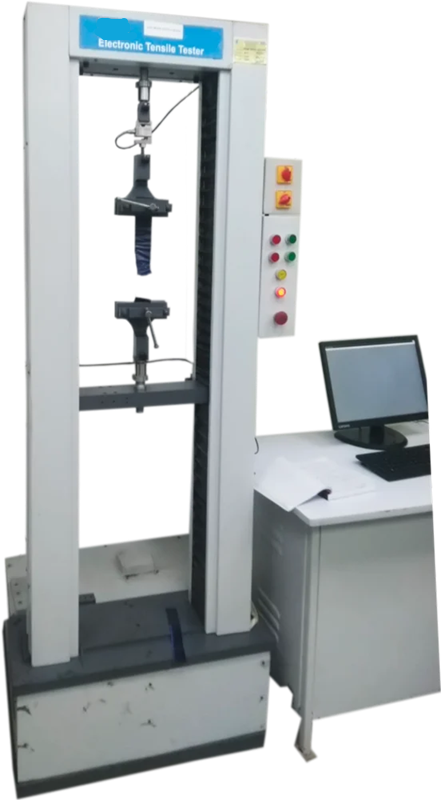
Ball and Ring Apparatus for Hot Melt Testing
Utilizing Ball and Ring Apparatus This apparatus measures hot melt flow and softening points. Technicians place samples under controlled conditions for precision.
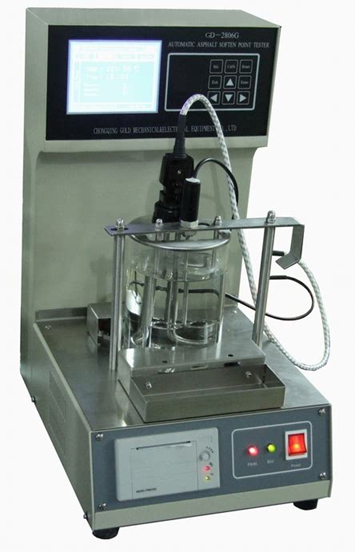
Conclusion: Strengthen Your Bonds Through Rigorous Testing
Elevating Production with Adhesive Testing Adhesive testing in footwear underpins high-quality manufacturing. Targeted troubleshooting addresses bond failures effectively. Conducting peel strength and viscosity tests reduces defects. Tools like SATRA testers and Brooke Field Viscometers provide insights. Manufacturers boost efficiency by implementing these methods today. Stay tuned for more in our series!
For more insights, contact our experts or explore adhesive resources.




